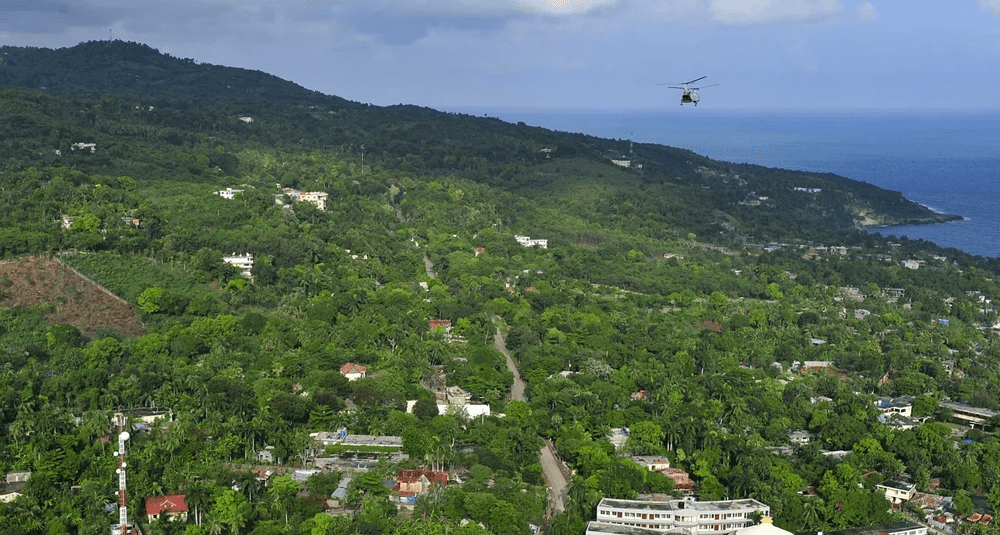What is the capital of Haiti?
Last Updated:
Port-au-Prince, the capital of Haiti, is a city rich in history and culture, playing a central role in the country’s political, economic and social life. Located on the west coast, on the shores of Port-au-Prince Bay, it is the beating heart of the Haitian nation.
Founded in 1749 by French colonists, Port-au-Prince was established to replace Le Cap (now Cap-Haïtien) as capital of the colony of Saint-Domingue in 1770. The city was laid out in a checkerboard pattern, typical of the French colonies of the time. Following Haiti’s independence in 1804, Port-au-Prince became the capital of the new republic, symbolizing the freedom and sovereignty of the Haitian people.
Port-au-Prince is located in the Ouest department and covers an area of around 36 square kilometers. The city is surrounded by mountains, offering a contrasting landscape of sea and rugged terrain. The urban area of Port-au-Prince is home to some 2.75 million inhabitants, known as Port-au-Princiens and Port-au-Princiennes, making it the most densely populated city in the country.
As the capital, Port-au-Prince is home to the country’s main government institutions, including the National Palace, the seat of the Haitian government. The city is also the country’s economic hub, concentrating commercial, industrial and financial activities. Local markets, such as Croix-des-Bossales, are hotspots for informal trade, testifying to the city’s economic vitality despite persistent difficulties.
Port-au-Prince is a major cultural center, with a mix of African, European and indigenous traditions. The city is renowned for its vibrant arts scene, particularly in music, dance and the visual arts. Institutions such as the Musée d’Art Haïtien and the Théâtre National bear witness to the capital’s cultural richness. Festivals such as the Port-au-Prince Carnival are a highlight of cultural life, attracting participants from all over the country.
Port-au-Prince faces many challenges, including rapid urbanization, inadequate infrastructure and vulnerability to natural disasters. The devastating earthquake of 2010 caused massive destruction, from which the city is still recovering. Rapid population growth has led to unplanned urbanization, resulting in problems such as congestion, insalubrity and insecurity. Despite these obstacles, the resilience of the inhabitants is evident, and efforts are underway to revitalize and rebuild the city.
Development initiatives aim to improve living conditions in Port-au-Prince, focusing on modernizing infrastructure, creating jobs and strengthening security. The international community, in collaboration with the Haitian government, is committed to projects aimed at promoting sustainable growth and strengthening the city’s resilience in the face of environmental and socio-economic challenges.
Port-au-Prince, as the capital of Haiti, is a multi-faceted city, rich in history and culture, but facing significant challenges. Its central position in the life of the nation makes it a key location for understanding the evolution and aspirations of the Haitian people. The resilience and determination of its inhabitants are major assets in overcoming obstacles and building a promising future for the city and the country as a whole.
You may also be interested in
geography

What is the capital of Haiti?
Answer
Port-au-Prince is the capital of Haiti, located on the bay of the same name. Founded in 1749, it is the country's political, economic and cultural center.